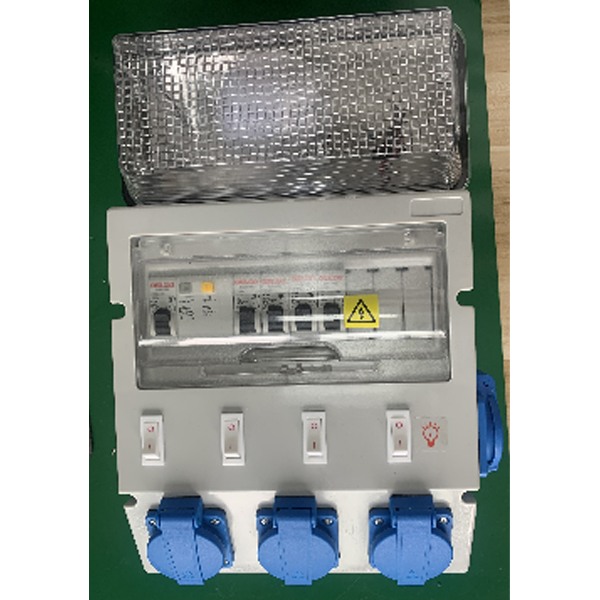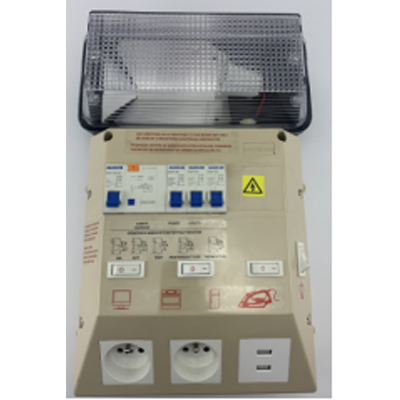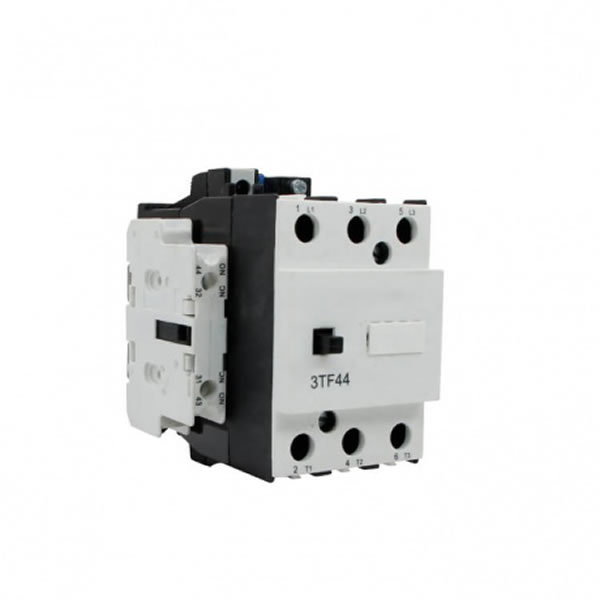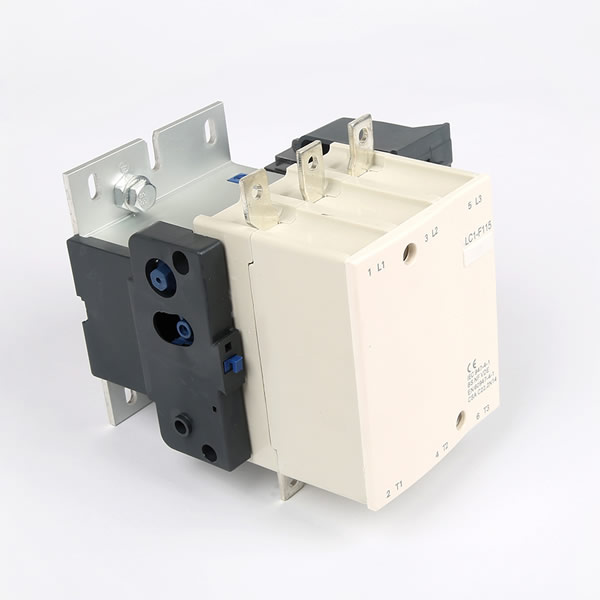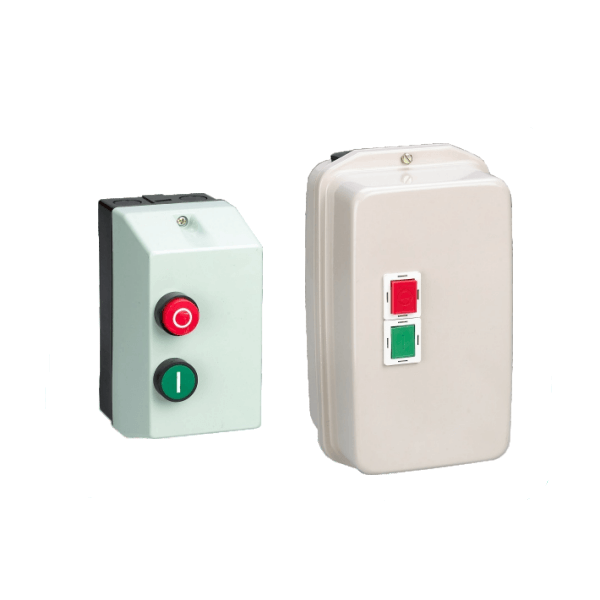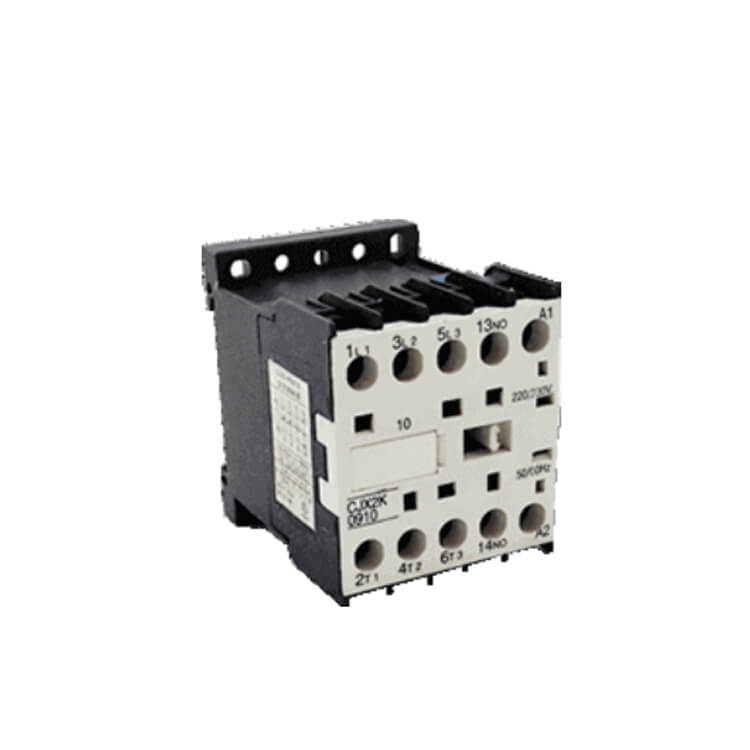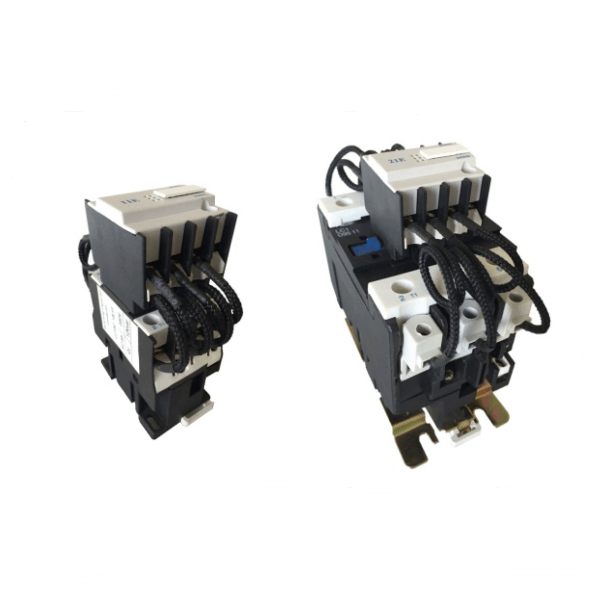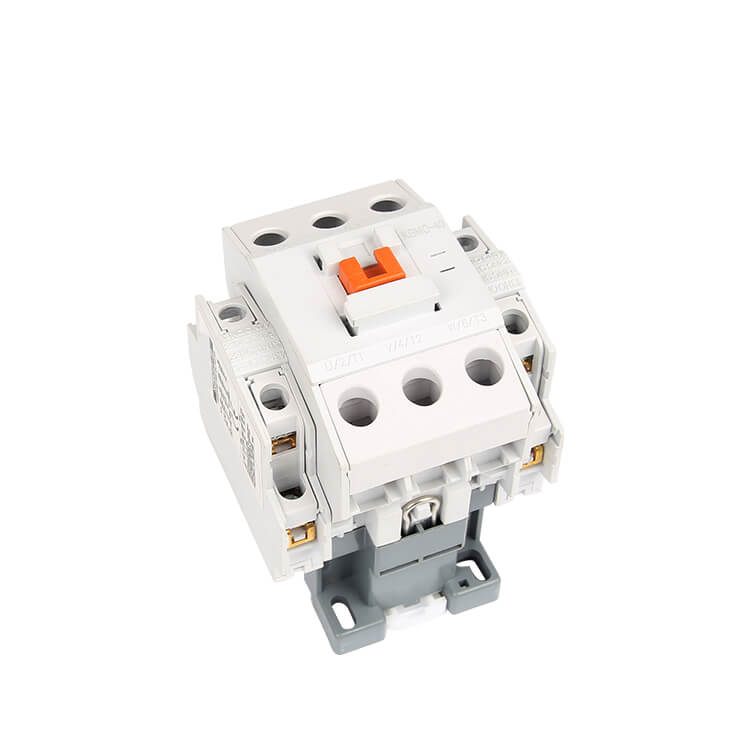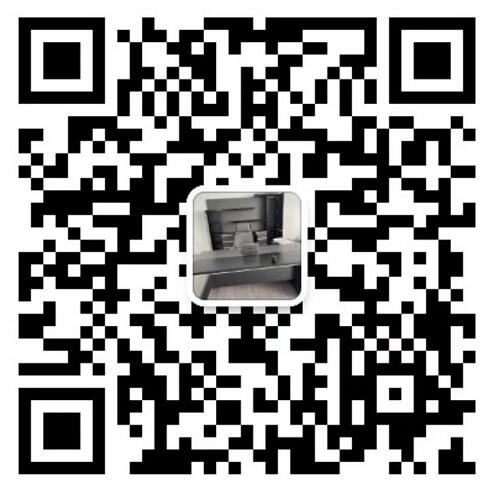An article lets you instantly understand the internal structure of the distribution box!
Distribution boxes are important devices for household and industrial power distribution. Its internal structure mainly includes the following components:
Main circuit breaker: Located at the very top, it is used to cut off the power supply of the entire circuit, which is the first line of defense for safety.
Air switch: It is used to protect the circuit from overload and short circuit to prevent damage to electrical appliances and lines.
Power meter: measure parameters such as current, voltage and power, and monitor power consumption and load conditions.
Fuse or Circuit Breaker: Used as secondary protection to protect against minor faults in the circuit.
Ground wire: Lead the leakage current in the circuit to the ground to ensure personal safety.
Isolation switch: used to isolate and disconnect specific circuits for easy maintenance and overhaul.
Leakage protector: monitor the leakage situation, once a leakage occurs, it will quickly cut off the power supply to protect personal safety.
Terminal block: connects cables and wires, and secures circuit connections.
Understanding the internal structure of the distribution box helps to better understand and maintain the power distribution system in daily use, while paying attention to the safety of electrical appliances and reducing the risk of potential electrical failures. For electrical problems, be sure to seek the help of a professional electrician.
